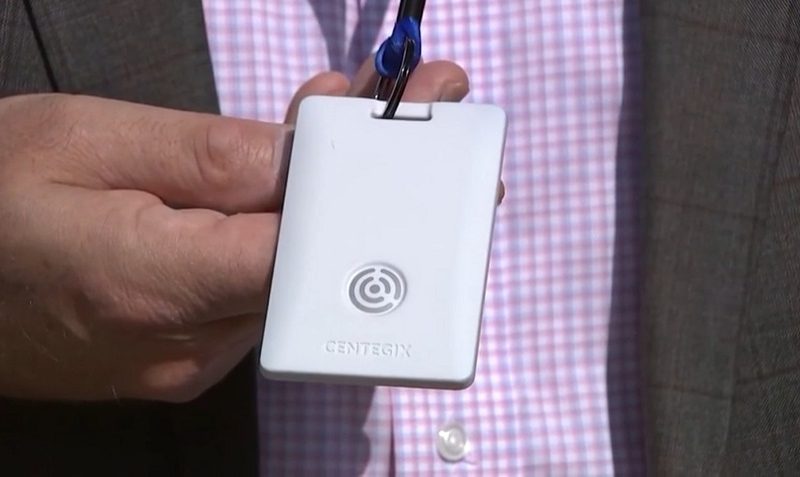Dothan, Ala. — A new proposal from state Rep. Alan Baker (R-Brewton) aims to enhance safety in Alabama schools by introducing wearable panic buttons for faculty members. The bill, which seeks to have the system in place by 2030, would require certain school staff to wear rapid response buttons, either on a lanyard or a badge, allowing them to quickly alert law enforcement in emergencies.
Baker believes that these panic buttons could be a critical tool in saving lives during emergencies, whether they involve medical incidents, natural disasters, or security threats such as intruders. “It’s where, really, time equals lives,” Baker explained. “Getting the location of an emergency as quickly as possible is crucial, and that’s the intent with this technology.”
The proposal aims to make schools safer by providing a means for teachers and other staff to instantly notify law enforcement when an emergency arises, reducing response times and potentially preventing harm. Baker emphasized that the system would benefit all schools, regardless of the nature of the emergency.
“Schools need to be in constant pursuit of trying to find added measures to keep students, faculty, and staff as safe as possible,” Baker added.
However, while the idea has received support for its potential safety benefits, some lawmakers have raised concerns about the cost. State Rep. Patrick Sellers (D-Birmingham) expressed his agreement with the overall goal but questioned the financial impact on school systems, many of which are already operating on tight budgets. “Where is the cost going to lie?” Sellers asked, highlighting that some districts might struggle to afford such a system.
State Rep. Russell Bedsole (R-Alabaster), a law enforcement officer, echoed concerns about the expense, particularly with regard to maintaining the system. He believes that local school districts should have the flexibility to decide which safety measures are most appropriate for their specific needs. However, Baker argued that state and local funds could help cover the costs, and noted that around 25 districts in Alabama have already implemented similar systems.
Chilton County Schools Superintendent Corey Clements shared that his district had explored the idea independently last summer. Many of the district’s classrooms are already equipped with emergency call buttons. Clements expressed support for the proposal, but emphasized that the success of such a program would depend on the availability of state funding to help offset the costs.
Baker’s bill comes at a time when safety concerns in schools are at the forefront of public discourse. While there are still questions about funding and logistics, the proposal represents a growing effort to leverage technology to improve safety and emergency response in educational environments. The outcome will depend on how lawmakers address these concerns and whether the state can provide adequate support for schools in need.









